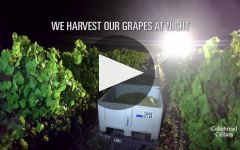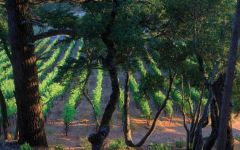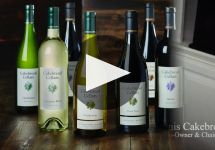Cakebread Chardonnay 2004


Product Details
Your Rating
Somm Note
Winemaker Notes
Other Vintages
2022-
Wine
Spectator
-
Wilfred
Wong
-
James
Suckling -
Robert
Parker
-
Wilfred
Wong
-
Wine
Spectator
-
Robert
Parker
-
Wine
Enthusiast
-
Wine
Spectator
-
Wine &
Spirits
-
Wine &
Spirits
-
Wine &
Spirits
-
Wine
Spectator










Over 30 years ago, Jack Cakebread came to photograph the Napa Valley for a book and while there, he casually mentioned his interest in one day owning a vineyard to some family friends who had a ranch in Rutherford. When he returned home that afternoon, the phone rang and it was the family friends offering to sell their property. He headed back up to the valley that same afternoon to make his best offer, and Cakebread Cellars was born.
As the Cakebread family reflects upon the many profound changes in the wine industry over the last 33 years, such as innovative farming techniques and new methods of reaching out to consumers, they note that their key values have remained the same. Dedication to making the highest quality wines and a commitment to family has followed a continuum as their first small vineyard has grown into a thriving internationally distributed wine company.
